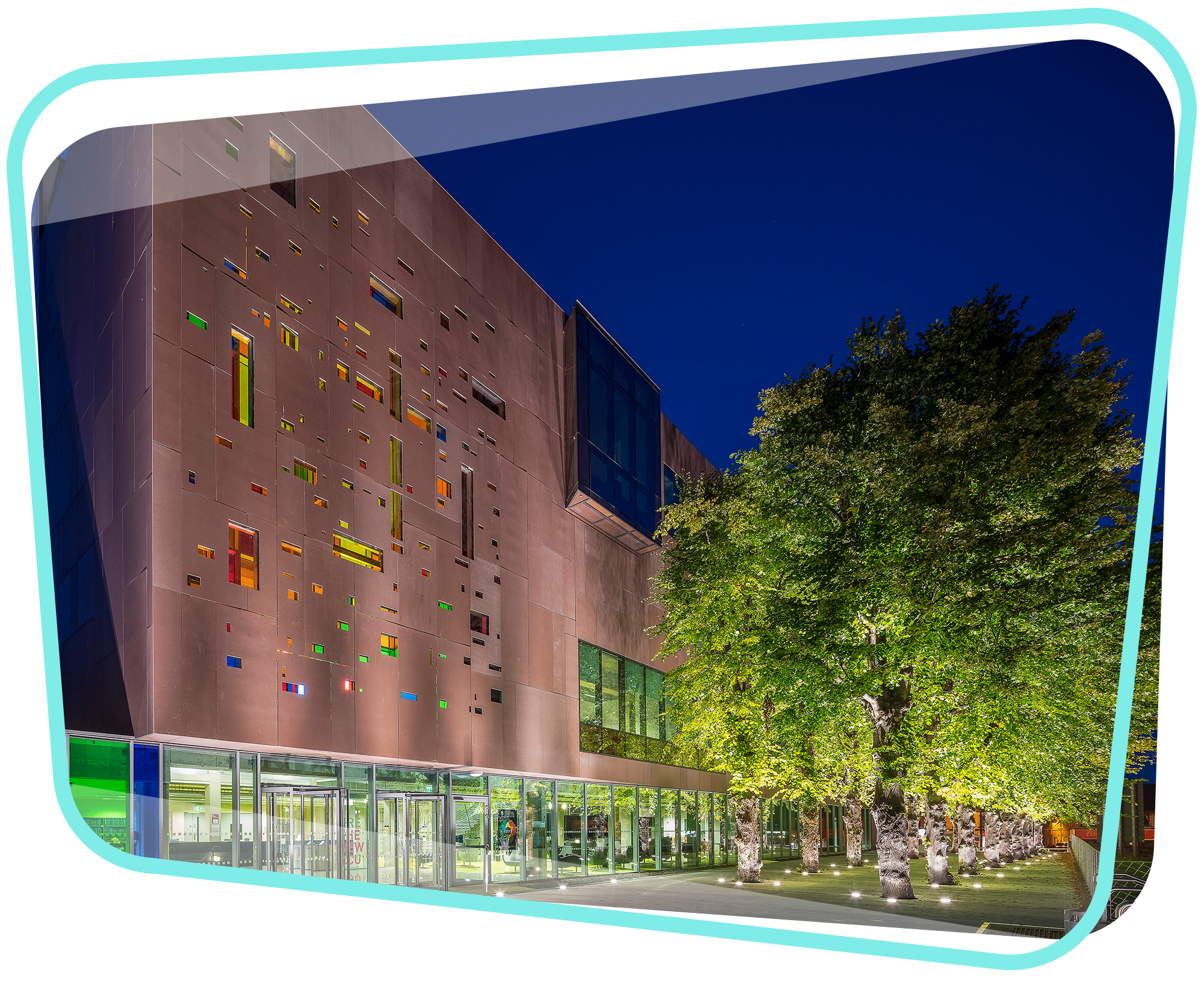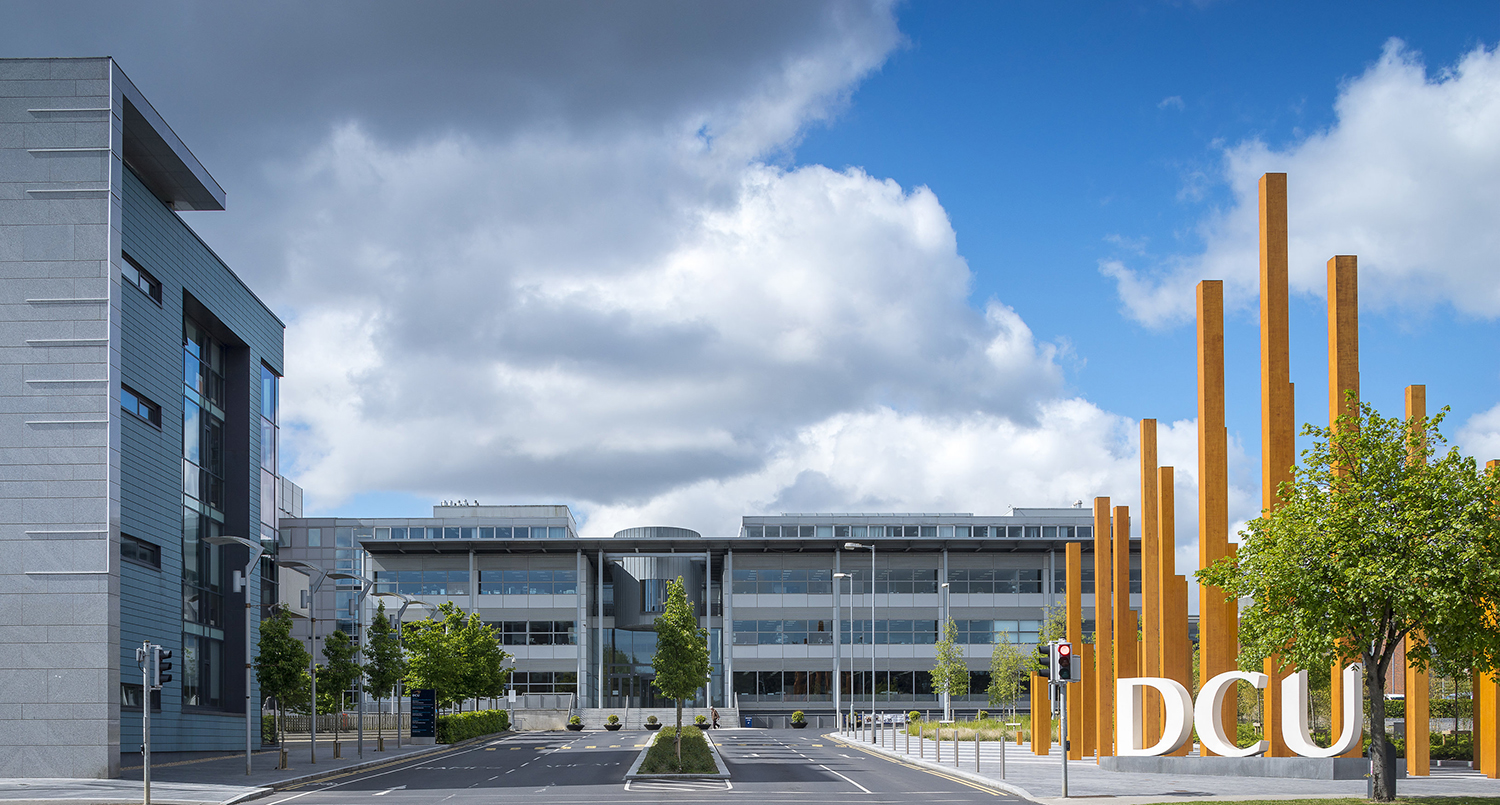Dublin City University
Customer case study
How We Transformed DCU's Energy Management

< 1 Week
Time to add all data for the university
90%+
Reduction in time required for analysis & reporting
~40%
Overall reduction in carbon emissions from baseline
14%
Improvement in energy efficiency
Project overview
Dublin City University (DCU) used EnergyElephant’s automated energy and sustainability management software to achieve a number of objectives including:
Ensure international reporting standards compliance (ISO 50001).
Reduce time spent on gathering and analysing data.
Enhance energy and carbon reporting accuracy and improve senior management presentations.
Drive behaviour change through stakeholder engagement.
Utilize campus as a living lab for real-world research opportunities.
Maximize operational efficiency and environmental performance.
The challenge
DCU is a major Irish university with a campus covering ten locations across Dublin City and supporting over 17,000 students. They required a cost-effective and rapidly deployable solution to effectively track and visualize their energy data. This assisted with their ISO 50001 roll out, helped to identify cost savings and improved carbon & sustainability reporting across the campus.


EnergyElephant has been central to helping DCU’s world leading university campus to engage academics, students and senior management on energy and climate targets across departments and functions. Without it we would struggle to meet our key sustainability objectives and targets.
The EnergyElephant Solution
Automatically analysing and presenting energy data in simple dashboards, allowing users to easily gain insights on savings and performance.
Tracking and reporting Scope 1, 2, and 3 emissions for all energy and fuel sources, including electricity, natural gas, propane, gas oil, renewables, waste, water, and travel/transport.
Serving as an educational tool by allowing staff and students to access energy data for internal efficiency projects and renewable energy proposals, aligned with the institution’s green flag status for sustainability and student leadership.
Facilitated R&D with realtime data using IoT devices in historic buildings and supported decision making for major CAPEX projects.
Supporting the DCU energy team with budget-friendly product feature requests including a smartphone app for meter readings and a carbon footprint analytics page to showcase performance metrics for behaviour changes.
Results
DCU’s dedication to sustainability, supported by EnergyElephant, resulted in significant improvements in energy management practices throughout the university.
Key outcomes include:
Rapid onboarding and implementation of the system across all campuses in under one week
Over 90% reduction in the time required for energy and carbon reporting and analysis
~40% overall carbon emissions reduction
A 14% reduction in consumption over 3 years resulted in energy and cost savings
DCU has made a firm commitment to integrating sustainability into every aspect of their university operations, and EnergyElephant serves as an invaluable tool that provides substantial advancements in their energy management practices. With the system accessible to all relevant staff, EnergyElephant enables university-wide collaboration, allowing staff and students to actively participate in energy management efforts.
Notably, the achieved results reflect the challenge of increased activity across the campuses and expansion of floor space through new constructions and renovations.
